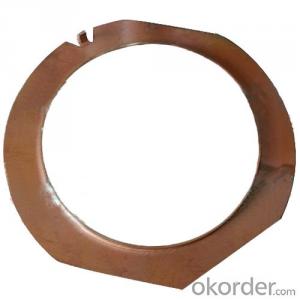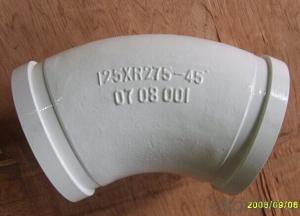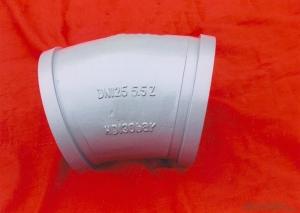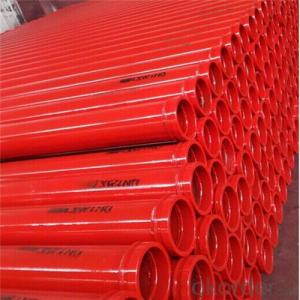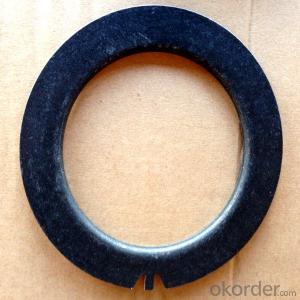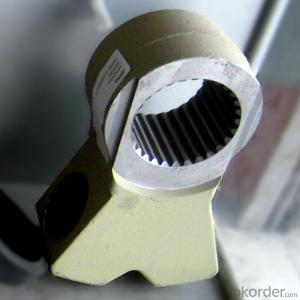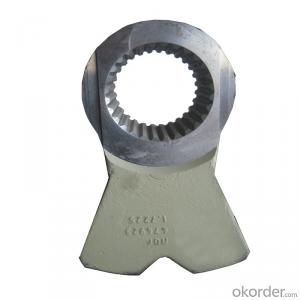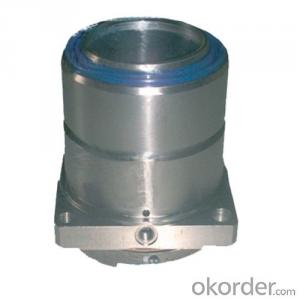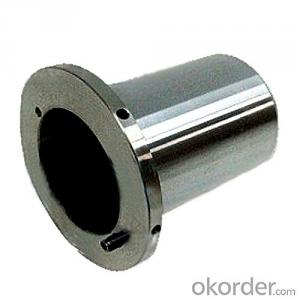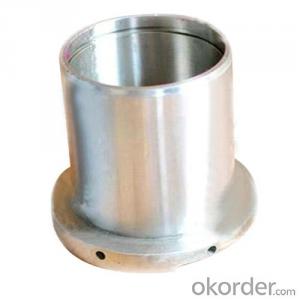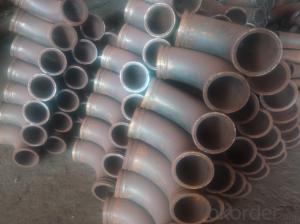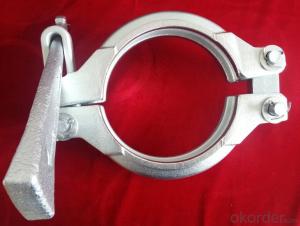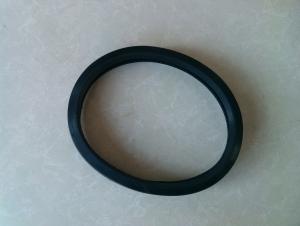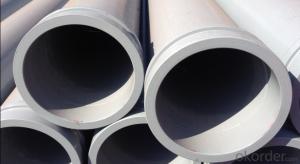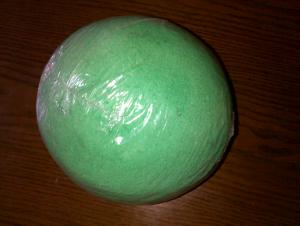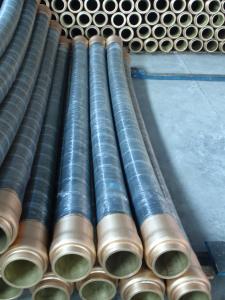Concrete Pumps Spare Parts Collar Disc Q90
- Loading Port:
- Tianjin
- Payment Terms:
- TT OR LC
- Min Order Qty:
- 1 pc
- Supply Capability:
- 1000 pc/month
OKorder Service Pledge
OKorder Financial Service
You Might Also Like
Product Description:
The Concrete Pumps Spare Parts Collar Disc Q90 normally made by special steel materials, according to customer’s requests, and also package in plywood box and put into container.
Scope of Application of the Goods
The Concrete Pumps Spare Parts Collar Disc Q90 is a concrete pumps parts for combined use with other concrete parts in for concrete pumps and truck pumps. It can be widely used in the construction of various types of concrete structures like industrial and civil buildings, bridges, roads, and other types of infrastructure.
This pipes can only be used in concrete construction operations, but not in any other operations, like dragging, moving, or hoisting heavy articles or personnel. The pipe is also not allowed to be used in any location where any combustible or explosive material exists or a cave-in may occur.
Product Advantages:
OKorder's Concrete Pumps Spare Parts Collar Disc Q90 Channels are durable, strong, and safety.
Main Product Features:
· Premium quality
· Prompt delivery & seaworthy packing (5-10 days)
Reliable performance
Easy to weld
High safety.
· Professional Service
· Competitive pricing
Measuring of wall thickness from the outside
Low purchase cost
Specifications:
CNBM No. | 2090023 |
Original No. | 427720 |
Description | Collar Disc Q90 |
Remark |
FAQ:
Q1: How long about delivery time Concrete Pumps Spare Parts Collar Disc Q90 ?
A1: Normally we keep the raw materials for old customers and sometime we also keep stock products to make sure delivery time in any emergency cases.
Q2: How do we guarantee the quality of our Concrete Pumps Spare Parts Collar Disc Q90 ?
A2: We have established an advanced quality management system which conducts strict quality tests at every step, from raw materials to the final product. At the same time, we provide extensive follow-up service assurances as required.
Q3: How soon can we receive the product after purchase?
A3: Within three days of placing an order, we will book the vessel for goods. The specific shipping date is dependent upon international and government factors, but is typically 7 to 30 workdays.
Q4: If we can produce some goods according to customers request?
A4: Yes, we can produceCollar Disc Q90 according to the difference country situations to make it suitable to the market and customers. We have very professional technical team to make the design.
Q5: How to make a quick resolution for after service?
A5: OKorder and our manufacture both have overseas branches all-around of world.
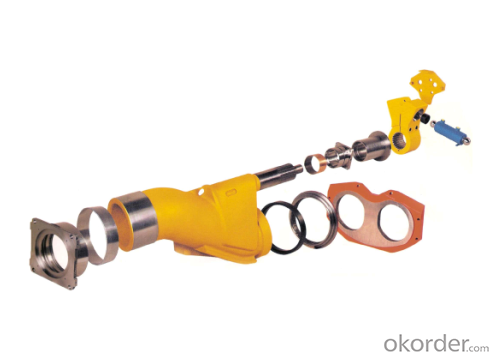
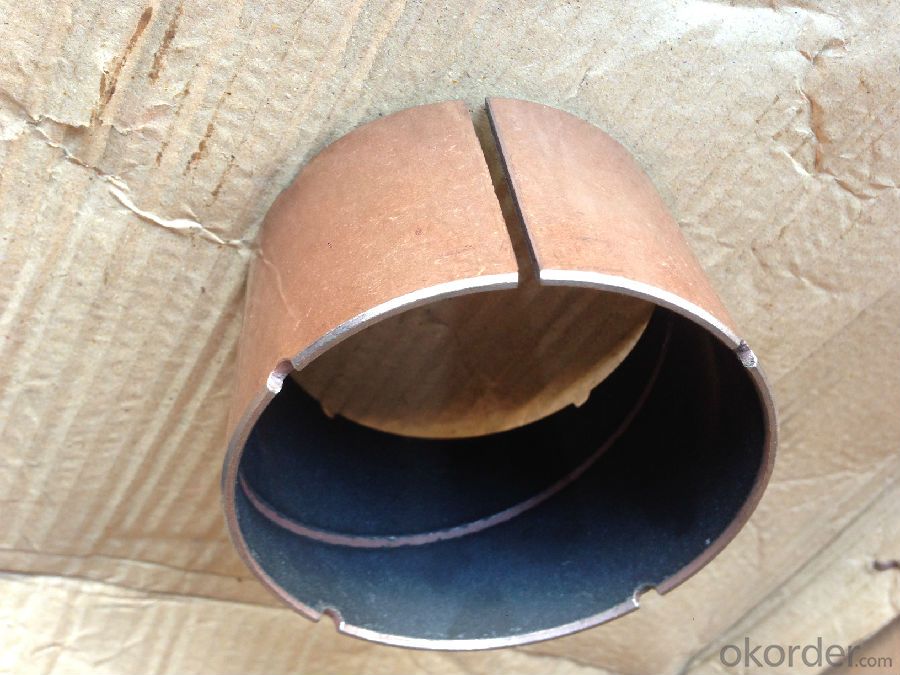
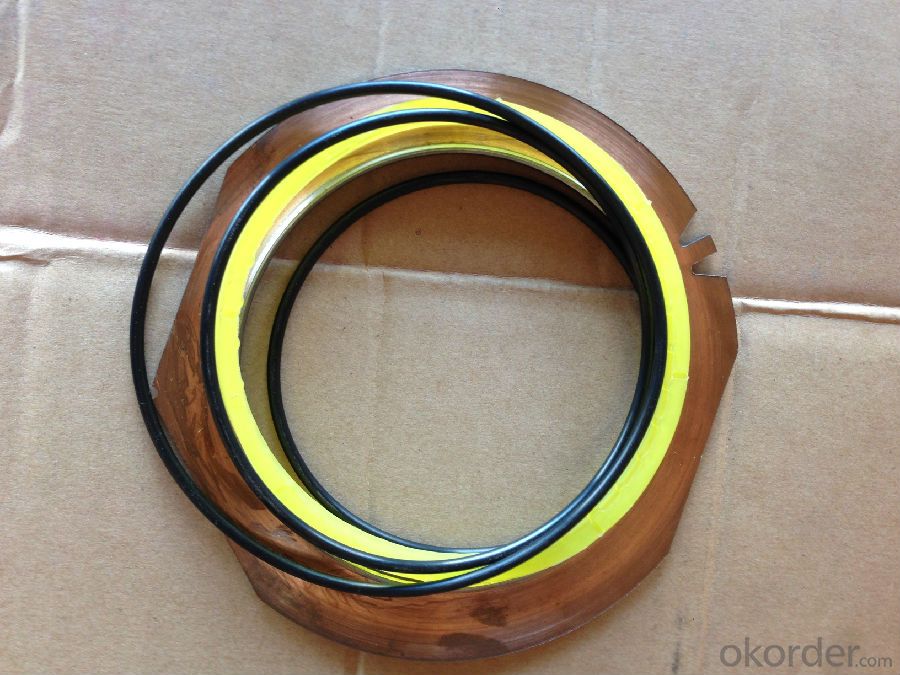
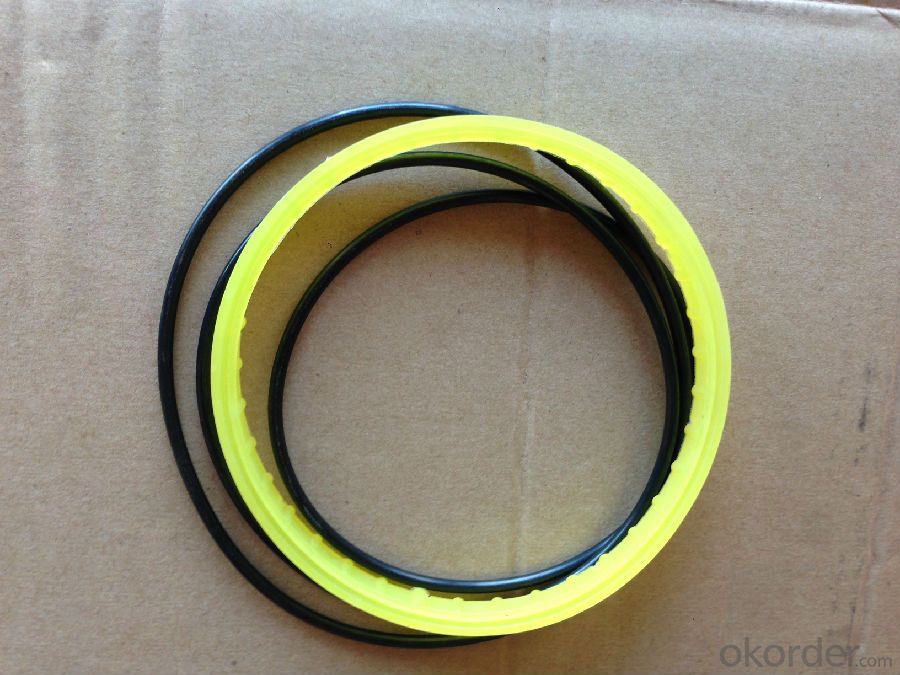
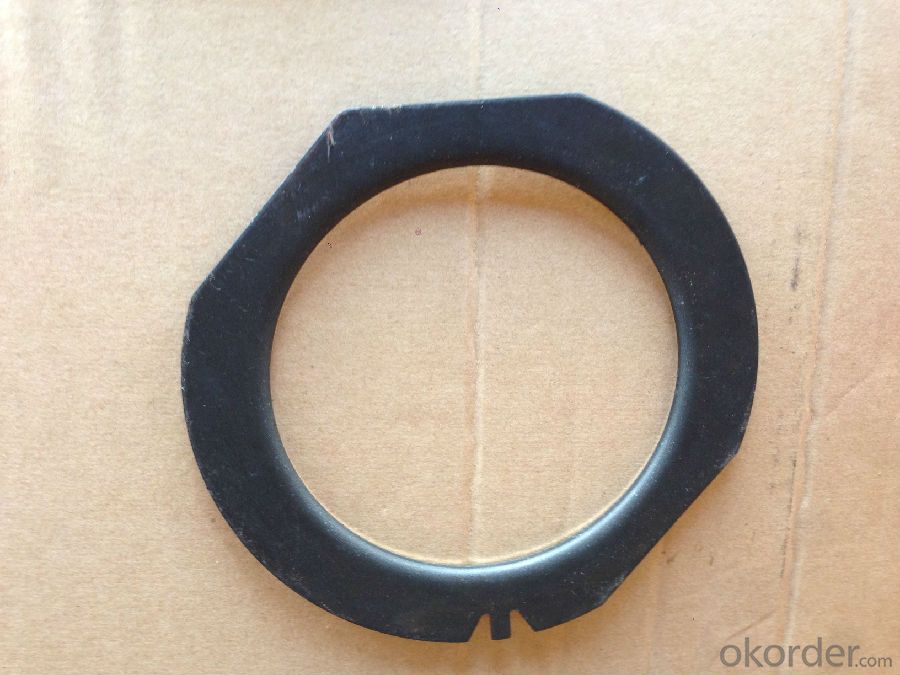
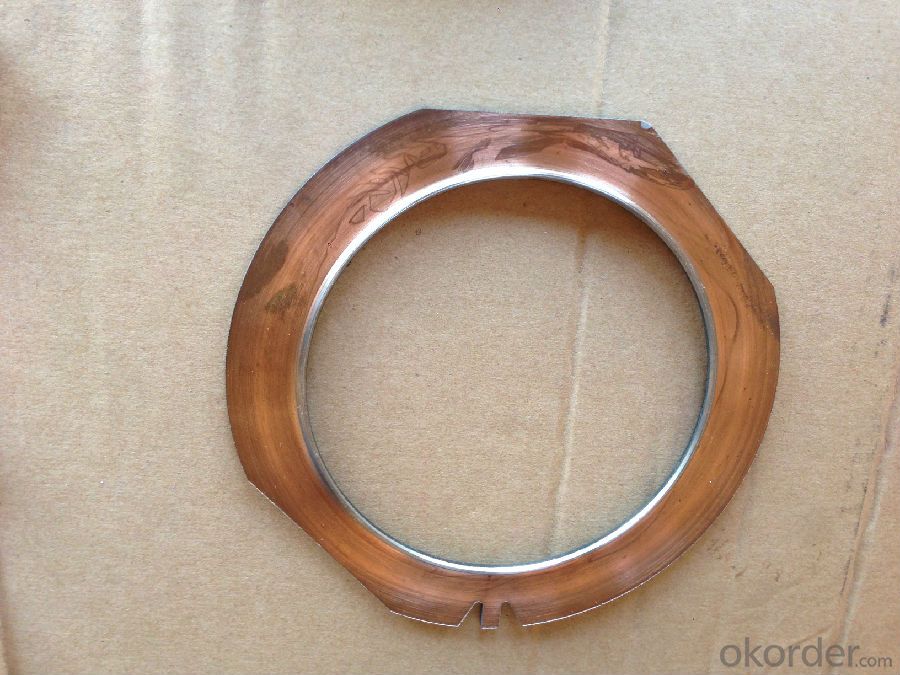
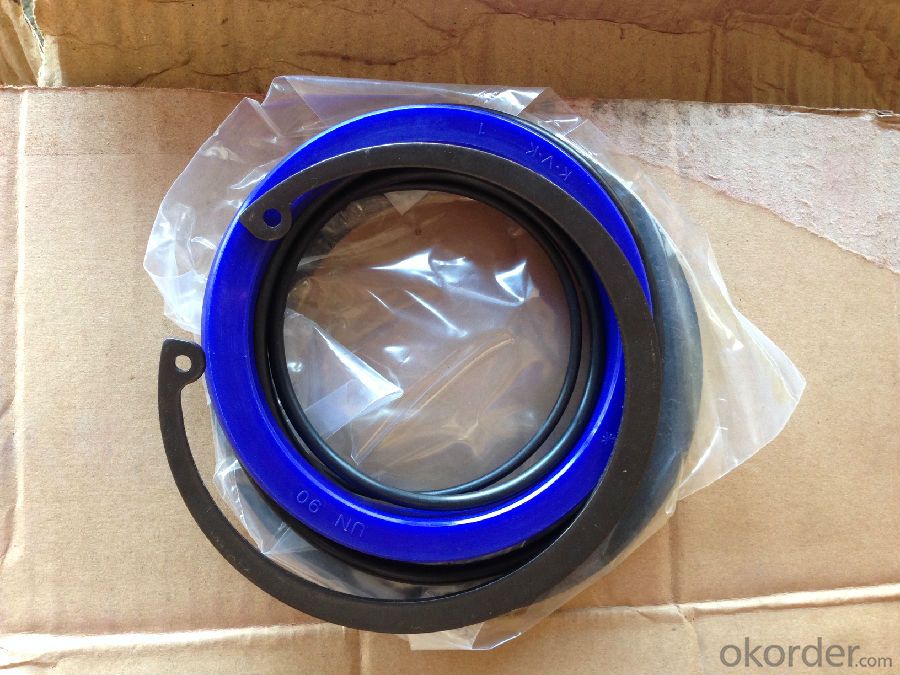
- Q: How does a hydraulic accumulator improve the performance of a concrete pump?
- A hydraulic accumulator improves the performance of a concrete pump by ensuring a constant and reliable flow of concrete. The primary function of a hydraulic accumulator is to store hydraulic energy in the form of fluid under pressure. In the case of a concrete pump, this accumulator stores energy from the hydraulic system and releases it when needed to assist in the pumping process. Concrete pumps require a consistent flow of concrete to maintain efficiency and productivity. However, the process of pumping concrete can be challenging, especially when dealing with variations in demand or pressure fluctuations. This is where a hydraulic accumulator comes into play. By storing excess hydraulic energy, the accumulator acts as a buffer, smoothing out any inconsistencies in the hydraulic system. When the pump requires an extra surge of power, the accumulator releases the stored energy, providing an additional boost to the hydraulic system. This ensures a continuous and steady flow of concrete, even during peak demand or pressure changes. Moreover, hydraulic accumulators also help in reducing the wear and tear on the pump components. By absorbing and dampening pressure shocks, they prevent sudden pressure spikes and fluctuations from reaching the pump. This helps to prolong the lifespan of the pump and minimize the risk of breakdowns or damage. Overall, a hydraulic accumulator plays a crucial role in improving the performance of a concrete pump by providing a steady flow of concrete, reducing pressure fluctuations, and protecting the pump from excessive wear and tear. It enhances the efficiency, reliability, and durability of the pump, ultimately leading to increased productivity and cost savings in concrete pumping operations.
- Q: What is the role of a concrete pump cylinder in a pumping system?
- The primary function of a concrete pump cylinder in a pumping system is to create the essential pressure and force needed for the transportation of concrete. This is achieved by the cylinder's ability to generate a reciprocating motion that propels the concrete through the pipeline. Typically, the concrete pump cylinder is connected to a piston which moves back and forth within the cylinder to facilitate the pumping action. As the piston moves towards the outlet end of the cylinder, it creates a vacuum that draws the concrete from the hopper. Conversely, when the piston moves in the opposite direction, it compresses the concrete, pushing it through the outlet valve, into the pipeline, and ultimately to the desired location. The size and design of the concrete pump cylinder are determined by various factors, including the desired pumping capacity, the distance over which the concrete needs to be transported, and the viscosity of the concrete mix. It is crucial for the cylinder to possess strength and durability to withstand the high pressures and repetitive movements involved in the pumping process. In conclusion, the concrete pump cylinder assumes the vital role of generating the necessary pressure and force for the efficient and effective transportation of concrete. It serves as the foundation of the pumping system, enabling a seamless and uninterrupted flow of concrete from the hopper to the desired destination.
- Q: What are the different sizes of concrete pump pipes available?
- Concrete pump pipe sizes vary based on the unique requirements and specifications of each construction project. Typically, these pipes range in diameter from 2 inches to 6 inches. The most commonly utilized sizes are 2 inches, 3 inches, 4 inches, and 5 inches. The selection of the pipe size depends on several factors, including the concrete's volume and pressure, the distance it needs to travel, and the equipment type. Smaller pipes with a smaller diameter are suitable for shorter distances and lower concrete volumes, while larger pipes are used for longer distances and higher volumes. Choosing the appropriate pipe size is crucial to ensure efficient and safe concrete pumping. By using the correct pipe size, pressure loss is minimized, and a consistent flow rate is maintained. Moreover, it helps prevent blockages or clogs in the system. To determine the most suitable pipe size for a specific construction project, it is advisable to consult with a concrete pumping professional or engineer.
- Q: What are the types, classifications and specifications of concrete pump?
- According to the ability of mixing materials, select the range of output; according to the aggregate of pumping concrete, select the form of the distribution valve
- Q: What are the different types of concrete pump hopper cylinders?
- There are primarily two types of concrete pump hopper cylinders: single-acting cylinders and double-acting cylinders. Single-acting cylinders have only one piston that pushes the concrete out of the hopper. On the other hand, double-acting cylinders have two pistons, one for pushing the concrete out and the other for bringing it back into the hopper.
- Q: What are the different types of concrete pump clamps?
- There are several different types of concrete pump clamps, including snap clamps, bolt clamps, wedge clamps, and quick release clamps. These clamps are used to secure pipes and hoses in place and ensure a tight and secure connection during concrete pumping operations.
- Q: What are the advantages of using tungsten carbide components in concrete pump spare parts?
- There are several advantages of using tungsten carbide components in concrete pump spare parts. Firstly, tungsten carbide is an extremely hard and durable material, which ensures longer lifespan and increased wear resistance of the components. This means reduced maintenance and replacement costs in the long run. Additionally, tungsten carbide has excellent corrosion resistance, making it suitable for use in harsh and corrosive environments commonly found in concrete pumping applications. Furthermore, tungsten carbide components offer superior strength and toughness, enabling them to withstand high-pressure and heavy-duty operations without compromising performance. Overall, the use of tungsten carbide in concrete pump spare parts leads to improved efficiency, reliability, and cost-effectiveness in concrete pumping operations.
- Q: What is the function of a concrete pump hydraulic motor?
- The concrete pump hydraulic motor serves the purpose of supplying the essential power and force needed for the operation of the concrete pump. Its responsibility lies in transforming hydraulic energy into mechanical energy, thereby enabling the pump to function with efficiency and effectiveness. By propelling the pumping mechanism, it allows the concrete to be transported through the pipeline and delivered to the desired destination. Additionally, the hydraulic motor governs the pump's speed and direction, facilitating accurate placement of the concrete. In conclusion, the concrete pump hydraulic motor plays a vital role in guaranteeing the seamless operation and triumphant delivery of concrete in construction endeavors.
- Q: Are there any specific safety precautions for handling concrete pump spare parts?
- Concrete pump spare parts require specific safety precautions to be followed. It is essential to wear the appropriate personal protective equipment (PPE) like gloves, safety goggles, and a dust mask. This ensures protection against potential hazards, as concrete dust can harm the skin and cause respiratory issues if inhaled. Proper lifting techniques are crucial when handling these spare parts to prevent strains or injuries. Heavy parts should be lifted using lifting equipment or with the assistance of others to minimize accidents. Moreover, it is vital to handle the spare parts with care and avoid rough handling or dropping to prevent damage or breakage. Damaged spare parts can negatively impact the concrete pump's performance and safety. Storing the spare parts in a clean, dry area away from moisture or chemicals is also important. This prevents potential damage that may compromise the quality and integrity of the spare parts. Lastly, it is advisable to always follow the manufacturer's instructions and guidelines for handling concrete pump spare parts. They provide specific safety precautions and recommendations, ensuring the parts are handled and used safely. By adhering to these safety precautions, the risk of accidents, injuries, and damage to the concrete pump spare parts can be minimized, creating a safe working environment.
- Q: What are the different types of concrete pump hopper screens?
- There are several different types of concrete pump hopper screens available, each designed to meet specific needs and requirements. 1. Wire Mesh Screen: This is the most common type of hopper screen used in concrete pumps. It is made of woven wire mesh and helps to prevent large debris or aggregates from entering the pump system. Wire mesh screens are available in various sizes and can be easily replaced when worn or damaged. 2. Perforated Plate Screen: These screens are made of a solid metal plate with small holes or perforations. They are especially useful for preventing fine particles or sediments from entering the pump system. Perforated plate screens are more durable than wire mesh screens and can withstand heavy-duty applications. 3. Polyurethane Screen: These screens are made of polyurethane material, which offers excellent resistance to abrasion and wear. Polyurethane screens are commonly used in high-performance concrete pumps that handle abrasive materials. They are highly durable and can be easily cleaned or replaced when necessary. 4. Vibrating Screen: Some concrete pump hoppers are equipped with a vibrating screen, which helps to separate and remove any solids or debris from the concrete mixture. The vibrating screen uses vibration to facilitate the separation process, ensuring a cleaner and more consistent concrete flow. 5. Self-Cleaning Screen: This type of hopper screen is designed with a self-cleaning mechanism that helps to prevent clogging and maintain an uninterrupted concrete flow. Self-cleaning screens are typically made of wire mesh or perforated plate, and they use mechanical or pneumatic methods to remove debris from the screen surface automatically. It's important to choose the right type of hopper screen based on the specific requirements of your concrete pumping operation. Factors such as the size of aggregates, the presence of fine particles, and the level of abrasiveness should be considered when selecting a hopper screen to ensure optimal performance and longevity.
Send your message to us
Concrete Pumps Spare Parts Collar Disc Q90
- Loading Port:
- Tianjin
- Payment Terms:
- TT OR LC
- Min Order Qty:
- 1 pc
- Supply Capability:
- 1000 pc/month
OKorder Service Pledge
OKorder Financial Service
Similar products
Hot products
Hot Searches
Related keywords
